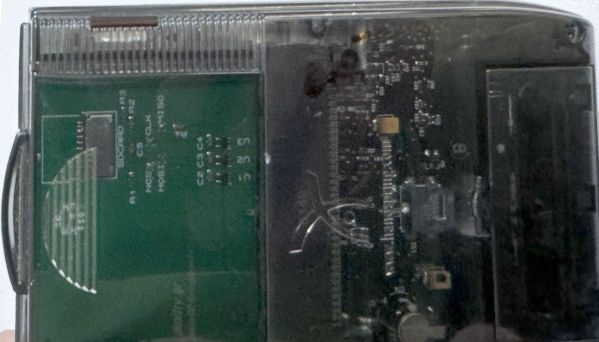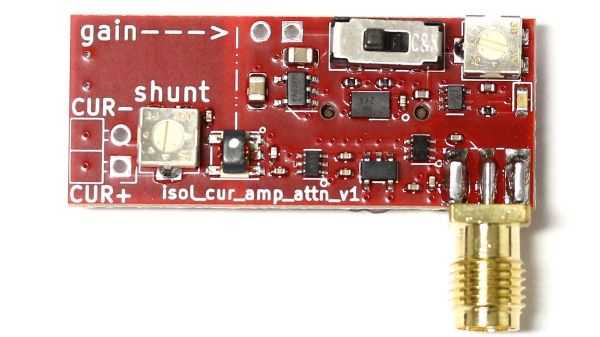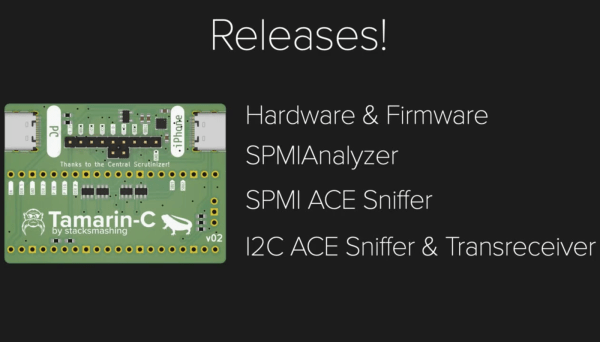In 1998 the founders of Palm had a bit of a falling out with the wildly successful PDA company’s new owners. They set up a new company called Handspring, which enabled them to make PDAs again in the way they preferred, This resulted in the Handspring Visor line of PDAs, which featured a big cartridge slot called the Springboard Expansion slot. Much like a Gameboy, you could put in a range of modules, ranging from games to cameras to memory expansion and more. Since these modules connect directly to the internal Motorola 68k-based microprocessor, you could make a module either to comply with this standard or if you’re like [Dmitry], you’d figure out a way to get an SPI device like an SD card to communicate and expand storage.
Editor note: Dmitry’s design isn’t the first SD/MMC interface for the Visor. Portable Innovation Technology’s SD MemPlug Module supported SD/MMC way back in 2002. However – MemPlug was a commercial product, while Dmitry’s work is open source.
Continue reading “Wiring An SD Card To A Handspring PDA’s 68K Bus With Only Three SOT23s”

















